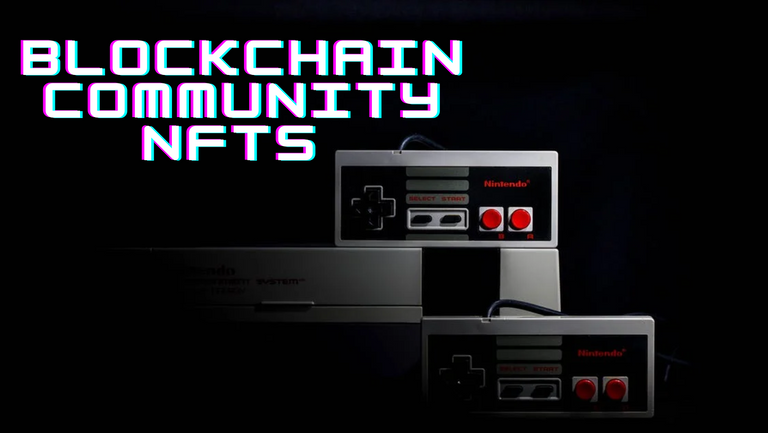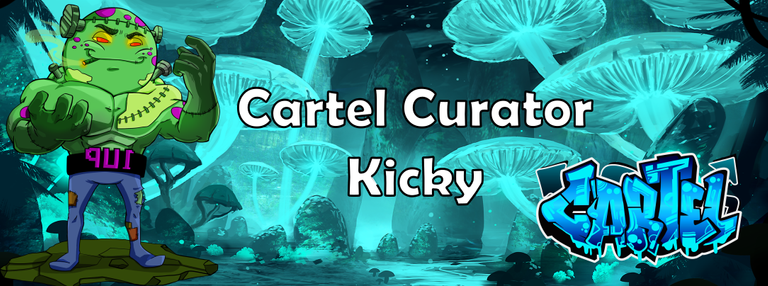
Traditional gamers scuff at web 3 games due to their perceived lack of entertainment value, accessibility and the "Ponzi-esque" economic models. The general consensus in the legacy gaming community is that the gamefi ecosystem takes from Peter to pay Paul, and this has largely derailed the course to mainstream adoption.
The detractors of blockchain games have a point: for the most part, the scene is filled with low-effort games or "tiny things moving on the screen with inflated prices" as an anonymous gamer once opined. I presumed the person was referring to Axie Infinity with that description which I found both funny and fascinating in equal measure.
Bridging the gap between traditional games and the Blockchain gaming industry will require sacrifice. It is a move that requires intentionally employing an elaborate model that caters to every aspect of the overall experience.
Web 2 and Web 3 Balance
To put it plainly, the only way Blockchain games can actually make it to the mainstream is to up the ante. The promise of "play to earn" doesn't quite cut it if you're going to release a game that nobody wants to play in the first place.
Finding the right balance between fun and finance is the biggest challenge. At the World Blockchain Conference in 2019, MixMarvel Chief Strategy Officer Mary Ma spoke about the future of blockchain gaming and touched on this particular fact.
Mary Ma's vision for the blockchain gaming industry is one that encapsulates all the benefits of running on a blockchain while also satisfying the entertainment needs of gamers. Mary aims to answer the critical question that has pervaded the minds of blockchain gamers across the world; how can we go mainstream?
At the time of writing, the crypto industry and blockchain technology is still shrouded in mystery, making it rather difficult for normies to get involved in activities. So, Web 3 games have to find a way to create something similar to what the masses know but only different because of the underlying blockchain technology.
The aim is to place an optimal amount of emphasis on the quality of the gaming experience while also slipping in the blockchain technology at a dosage that is not distracting. It is a delicate balance that can only be achieved through careful planning and efficient communication.
The Community
At the end of the day, the community forms the most important part of the success of any blockchain gaming project. This is a fact that Mary Ma alluded to and something that has contributed to the success of games like Axie Infinity, DeHero and Splinterlands.
Blockchain gaming is catalysing the propagation of cryptocurrency and blockchain education as a whole. So what better way to achieve this than through efficient, transparent and inclusive communication and participation of the community?
Even people with "skin in the game" struggle to grasp the concept of ownership through the tokenisation of assets(NFTs and FTs) on the Blockchain. A lot of these simple concepts seem more complicated than they actually are because of the mysterious cloud that constantly hovers over the crypto industry.
As Mary eloquently puts it;
"..advanced Web3 games should also embrace the spirit of collaboration to create, govern, and grow together with their players based on the underlying blockchain technology and infrastructure of the games."
The future of blockchain gaming lies in projects' ability to create an inclusive environment that fosters internal and external collaboration in governance. Combining this with a robust ecosystem that incorporates an easily accessible game with elaborate and entertaining storylines, and advanced mechanics, we will see blockchain games gain the mainstream attention that they deserve.

Posted Using LeoFinance Beta



